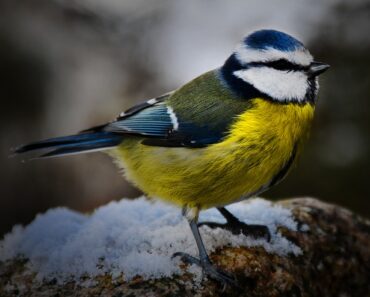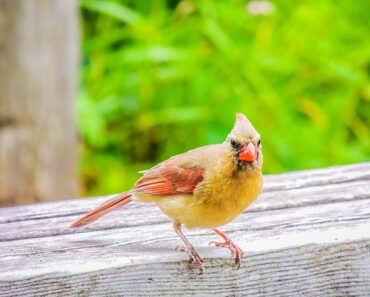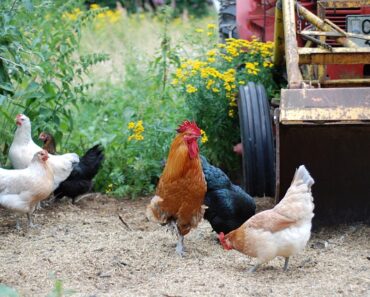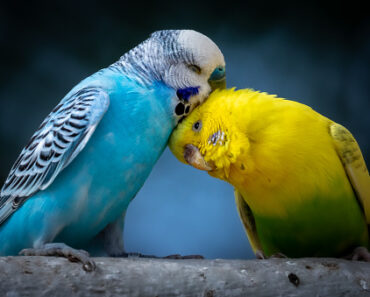
The wavy parrot, or common parrot, is the smallest species of parrot. It is also the most widespread, being very accessible. This small bird with bright and shimmering colors has managed in a few years to match the canary, which has long remained the favorite bird of the French. With an excellent representation in pet shops, this animal has many assets that can charm the greatest number; even though its song is not the most melodious, it easily offers a moment of travel. A guaranteed change of scenery! Even if this bird has an excellent ability to adapt, and is not the most constraining, it is advisable to follow some recommendations in order to guarantee the good health of the bird.
The wavy parrot: a playful bird!
Like most parrots, this species is very sociable. Even if it lives very well on its own, it will prefer to form a group with other of its congeners, or other parrots, such as inseparable ones, or even large parakeets. This animal adapts itself to its environment, but it is necessary that this one is adequate.
You will quickly notice that the behavior of this bird will be influenced by its environment. So if it is in a serene, clean and stress-free environment, your parrot will be radiant. On the other hand, if it is in a too small cage, or if you put too many birds in an unsuitable space, the repercussions would be immediate on the health of your animal as well as on its character.
Unlike parrots, the parakeet will only use its beak as a means of defence either for itself or for its territory. Therefore, you should avoid putting your bird in a weak position, pushing it to use its beak, which is certainly not the most powerful of the parrot family, but could inflict some painful pinches. A cage that is too small for too many animals would create conflicts, sometimes fatal, that it is better to avoid.
How do I choose my wavy parrot?
The breeding of this parrot is very easy. You can therefore, if you have the material capacities, accommodate one or more couples. As we have seen above, the parrot adapts easily to a solitary life, and will not suffer especially from it. Moreover, your proximity will give it the presence it could be looking for.
When you choose your animal, always prefer those with shiny coats and sparkling eyes. Also attach great importance to the cleanliness of the cloaca, from which nothing should leak.
Finally, note that you can try to educate your parrot. Even if this task is more difficult to achieve on a wavy parrot than on a parrot, it is not impossible. So choose a young animal, or a couple. The couple will quickly make you a litter and you will then be able to raise the chicks more easily.
I chose my parrot, but hesitate for the cage…
The size of your cage must be adapted to the population you wish to insert in it. Even if there is no ideal size, prefer a cage that allows your bird to fly easily. This bird needs a lot of exercise (very little rest during the day), so it needs space. The ideal is to opt for a rectangular cage that will allow your bird to move around as it wishes.
When you wish to adopt several birds, it is better to consider the acquisition of an aviary on wheels. The size of this one will allow your birds to flourish.
Note that there is a close link between the size of the cage and the reproduction of your birds. Indeed, two birds in too small an environment will make young with great difficulty, or even not make them at all. On the contrary, place one or two couples in an aviary and you will very quickly have parrots that you can raise by hand.
The cage will have to be equipped with a sufficient number of perches, as well as the necessary feeders and waterers. You will be able to add some accessories to allow your birds to let off steam. They are very fond of toys of all kinds. The little extra is to place either at the bottom of the cage, or on an entrance, a bathtub that you will always keep clean. The wavy parrot loves baths, as you will see.
Finally, if you install couples in the cage and you wish to have young, you will have to place a nest. You will find nests adapted to parakeets in specialized pet stores. These birds often prefer to lay their eggs out of sight, so you will have to acquire a hanging nest that you will place outside the cage, hanging from an entrance.
How do I feed my wavy parrots?
Like all parakeets, the wavy parrot feeds mainly on seeds. The size of its beak does not allow it to break big seeds, or big shells, you will have to choose small seeds.
You will be able to buy ready-to-use products in pet stores or supermarkets, or choose seeds that you will mix yourself according to the tastes of your birds. Indeed, all birds do not have the same tastes and you will be able to adapt. However, buy the seeds exclusively in pet stores so as not to offer your bird seeds that are not suitable for consumption.
Fruit lovers, you can, after washing them, offer pieces of apples, oranges or kiwis to your wavy parrot.






